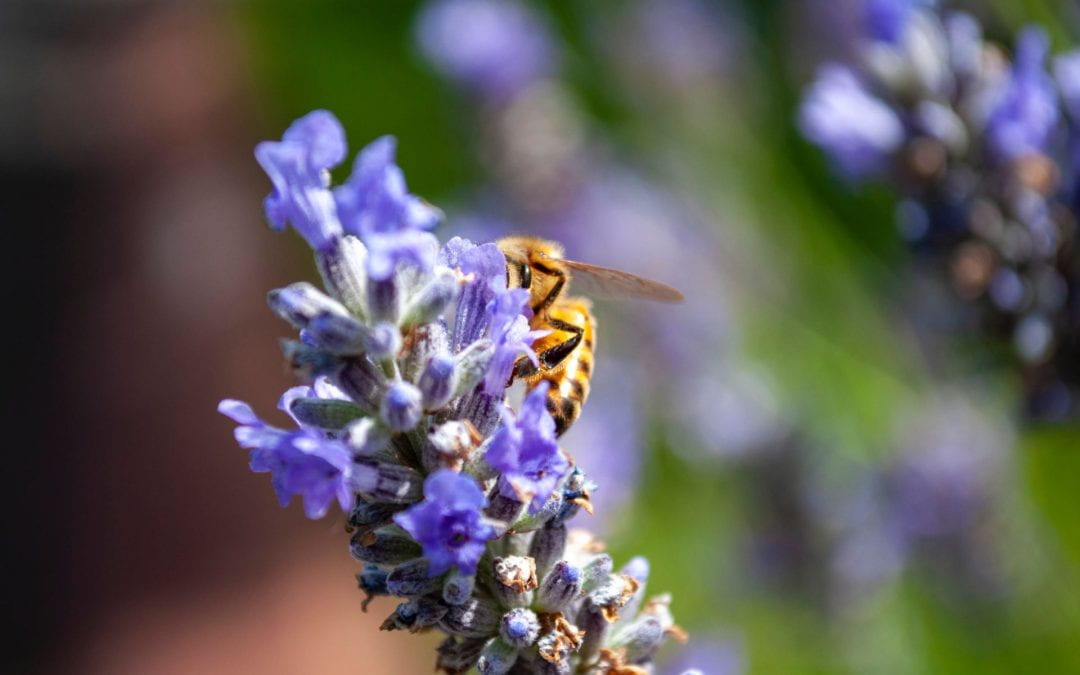By Maria Armoudian and Brendon Dunphy
New Zealand’s native bees and almost all our sea birds could face extinction. Action and research are needed more than ever, write Maria Armoudian and Brendon Dunphy.
Throughout much of the world, bird and bee populations, critical to the ecosystems that sustain us, are in deep decline. Here in New Zealand, our sea birds – a major part of our global hallmark and national treasure – are dying.
Facing multiple stressors from climate change, food shortages, industries, and habitat loss, they and therefore we, are facing an ecological catastrophe in the making. Aside from their inherent value and beauty, these birds provide vital services to the rest of the earth’s inhabitants. Through their normal, everyday existence, they contribute to our nutrients and our economies. But we’ve made a mess of their habitats, food sources, and their air and water. We must now restore them, both for their sake and for our own.
The numbers are stark, with a 70 percent decline in sea birds worldwide and the loss possibly at its worst here in New Zealand. Once the richest country in sea bird populations, where 88 of the 370 bird species worldwide are found, our country may become now one of the world’s biggest tragedies. Ninety percent of our seabird species are threatened with extinction, and numbers are dropping fast. For example, our yellow-eyed penguins have dwindled to only 3600, a 50 percent drop over the past 20 years with extinction on the mainland in the next 20-40 years.
Climate change is, of course, one of the key killers. Hotter oceans have changed the ecosystems in many ways and can lead to mass starvations. The birds’ food sources move further to find cooler water, forcing these sea birds to travel so much further to get food and bring it back to land for their chicks. The heat is also exacerbating diseases and raising tides, which, for example, wash away the dotterel’s sandy habitats when high tides come. Add to this, overzealous fishing which simultaneously depletes the birds’ food supply and accidentally kills thousands of birds when they get caught on hooks and in nets.
What can be done? As we better understand the causes of their decline, we can more easily solve the problem. Small and medium-sized changes have had a profound effect on bird life expectancies. For example, attachments on fishing nets and lines can help prevent thousands of birds from being killed on hooks or in nets.
Complementary actions to the National Plan of Action for Seabirds should include rebuilding some of their natural habitats in what may be considered “less productive” regions for parts of our economy. For example, removing predators, and restoring and protecting our native forests on the hills can provide nesting habitats. If we move teenage birds into those refurbished habitats, together with the birds now calling these areas home, we can develop productive, diverse pockets, which enriches the entire ecosystem, changes the runoff that eventually leads to the oceans, and diminishes the risk of colony collapses.
This process would give our native birds new homes to which they bring greater nutrients, while simultaneously helping mitigate a tiny amount of climate change, as the trees breathe in and store carbon that would otherwise spew into the atmosphere and oceans.
We can take a page or a cue from previous successes, such as Tiritiri Matangi, Tawharanui and Mana Island which are now rich with birds, and expand these models to other protected sites. This could include building mini-beach habitats that won’t get washed away when sea levels rise for the dotterels that need the sandy environments.
The bees are another story. Compared to the rest of the world which has faced severe bee colony collapse, New Zealand’s honeybee populations are still healthy and surviving. But they may be creating another problem: imported honeybees may be threatening New Zealand’s indigenous bees, which have evolved for millennia to pollinate our native plants. One three-location study found native bee populations in decline of between 27 and 70 percent between the years of 2010 and 2013.
Now, more than ever, we need robust research to understand the fate of our native bees and what their decline means for sustaining our ecosystems. Like our native birds, we need protective habitats where they can flourish away from their hungry honeybee cousins who may be depleting their food sources.
This article was originally published on Newsroom and was republished with permission.
Maria Armoudian is a Senior Lecturer in Politics and International Relations at the University of Auckland. She is an expert in media and politics.
Brendon Dunphy is a Senior Lecturer in Biological Sciences at the University of Auckland. He is an expert in ecology, evolution and behaviour.
Disclaimer: The ideas expressed in this article reflect the author(s) views and not necessarily the views of The Big Q.
You might also like:
Our seabirds are in trouble: What do we do?
What is the bee microbiome fighting back against colony collapse disorder?

